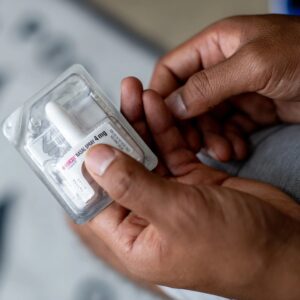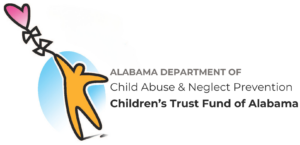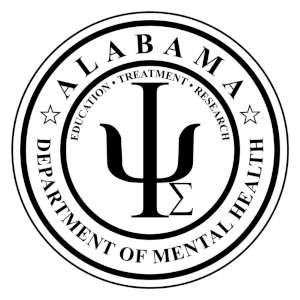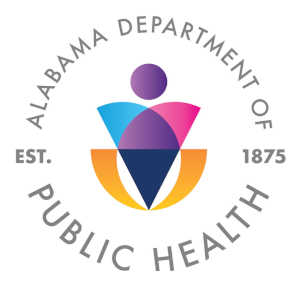Fentanyl is already dangerous on its own; there’s no need for additional potent and lethal substances on the streets that could claim more American lives than fentanyl already does. Sadly, it appears that new and increasingly dangerous substances are constantly emerging. Currently, public health officials are observing a rise in cases where Medetomidine, a powerful animal tranquilizer, is being mixed with fentanyl and other drugs.
What is Medetomidine?
Medetomidine is a medication primarily used in veterinary medicine as a sedative, analgesic, and anesthetic adjunct, however, it is also approved for use in humans. It belongs to the class of drugs known as alpha-2 adrenergic agonists.
Medetomidine acts by binding to alpha-2 adrenergic receptors in the central nervous system, leading to sedation and analgesia. It also reduces the release of norepinephrine, resulting in sedative effects.[1] By inducing sedation and calmness in animals, it makes it easier to handle them during veterinary procedures without causing significant distress to the animal.
Medetomidine is not a respiratory depressant, so it is less likely to cause respiratory depression than other sedative tranquilizers. However, it can slow down the heart and lower blood pressure so much that the organs don’t get enough oxygen or blood and begin shutting down.
As an analgesic, medetomidine also produces pain relief, which is essential during painful procedures or surgeries.
In humans, medetomidine is comparable to clonidine, a popular antihypertensive medication, but it is more potent and short-acting.[2]
Medetomidine is estimated to be 200 times more powerful than xylazine, another animal tranquilizer that has been recently found in the illicit drug supply in the U.S.[3]
 Medetomidine Linked to Mass Overdose Outbreaks in Chicago, Philadelphia, Other Cities in U.S.
Medetomidine Linked to Mass Overdose Outbreaks in Chicago, Philadelphia, Other Cities in U.S.
According to an article in NPR, “Public health officials say Mexican cartels and drug gangs inside the U.S. are mixing a dangerous chemical sedative called medetomidine into fentanyl and other drugs sold on the street. The combination triggered a new wave of overdoses that began in late April and have accelerated in May.”[4]
There were over 160 hospitalizations over a 3-4 day period in Philadelphia, and mass overdose outbreaks have been reported in Chicago and Toronto. Public health advisories regarding medetomidine were also issued in Illinois, Michigan, Florida, and Pennsylvania, but like fentanyl and xylazine, it is only a matter of time before medetomidine is found nationwide.
Public health officials aren’t yet sure exactly how this drug has infiltrated the illicit drug supply. It’s thought that the medications are either being diverted from veterinary supply or that cartels and drug gangs are formulating their own medetomidine illegally.
Signs of Medetomidine Toxicity
Reports of medetomidine toxicity in humans are increasing due to it being mixed with fentanyl and other illicit drugs. Signs of toxicity include:[5]
- Analgesia
- Dry mouth
- Sedation
- Respiratory depression
- Hypothermia
- Mydriasis (pupil dilation)
- Twitching
- Spontaneous muscle movements
- Initial hypertension followed by hypotension
- Bradycardia (slow heartbeat)
If someone is overdosing, call 911, and administer naloxone if you have it. If you suspect medetomidine is involved or they don’t respond to the naloxone, perform rescue breathing until breathing is restored or help arrives. Emergency responders and hospitals are equipped to treat overdoses and can help your loved one, but you must not hesitate to call so you can get help quickly.
 Medetomidine Doesn’t Respond to Naloxone, But You Should Administer it Anyway
Medetomidine Doesn’t Respond to Naloxone, But You Should Administer it Anyway
Medetomidine, unlike opioids such as fentanyl, does not respond to naloxone, a medication used to reverse opioid overdoses. However, if there is suspicion or confirmation of drug overdose involving substances mixed with medetomidine, it is crucial to administer naloxone immediately.
While naloxone may not directly counteract the effects of medetomidine, it can still be life-saving by addressing the potential presence of other opioids or substances in the mixture, such as fentanyl or heroin. Administering naloxone can restore breathing and buy vital time until emergency medical services arrive.
The Illicit Drug Supply: A Game of Russian Roulette
Drug abuse is no longer a matter of experimentation anymore; using an illicit drug, even one time, can be life-threatening. Unless you’re getting medication from a pharmacy with a prescription, you simply don’t know what you’re getting.
Dr. Bertha Madras, a drug researcher at Harvard Medical School and McLean Hospital, told NPR that she thinks using drugs, whether illicit pills or powders, is more dangerous than ever. She said, “They’re [drug users] playing Russian roulette now with the drug supply.”[4]
If you or a loved one are struggling with substance abuse, it’s crucial to seek help immediately from a qualified healthcare provider or addiction specialist before it’s too late. The illicit drug supply is increasingly unpredictable and dangerous, with substances like medetomidine being mixed into drugs like fentanyl, posing severe risks of overdose and death, and your next high simply isn’t worth the risk.
References:
- https://www.ncbi.nlm.nih.gov/pmc/articles/PMC385445/
- https://pubmed.ncbi.nlm.nih.gov/2571265/
- https://www.cato.org/blog/policymakers-begin-crack-down-xylazine-tranq-they-should-get-ready-medetomidine
- https://www.npr.org/2024/05/31/nx-s1-4974959/medetomidine-overdose-fentanyl-sedative
- https://www.cfsre.org/images/content/reports/public_alerts/Medetomidine_Public_Health_Alert__Final.pdf









